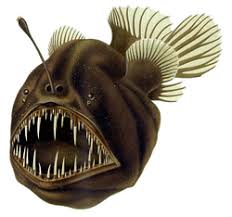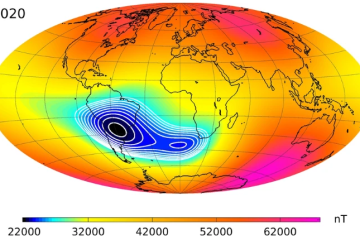Unveiling the Mysteries of the Angler Fish

Introduction
The angler fish, a remarkable species known for its distinctive appearance and unique hunting methods, captivates marine enthusiasts and scientists alike. Found primarily in the depths of ocean waters, this extraordinary fish has adapted to extreme environments, showcasing nature’s incredible diversity. Understanding angler fish is crucial for appreciating marine biodiversity and the complexities of underwater ecosystems.
Physical Characteristics
Angler fish are easily identifiable by their bioluminescent lure, a specialized fin that protrudes from their heads. This lure is equipped with glowing bacteria that attract unsuspecting prey in the dark depths of the ocean. Most anglers are dark brown or black, providing excellent camouflage against the ocean floor. Some species can grow up to three feet long, while some, like the deep-sea angler, can exceed 10 inches when fully grown.
Hunting and Feeding Behavior
With a wide mouth and sharp teeth, angler fish have evolved to trap prey effectively. They primarily feed on smaller fish and invertebrates. When a predator is attracted to their luminous lure, the angler fish swiftly snaps its jaws, capturing its meal in an instant. This predatory behavior is crucial for survival in the nutrient-limited deep-sea environment.
Reproductive Strategies
Angler fish exhibit a unique reproductive strategy that has fascinated researchers. In some species, males are significantly smaller than females and utilize a technique known as sexual parasitism. Upon encountering a female, a male will latch onto her body and eventually fuse with her, sharing her blood supply. This allows the male to remain close to a mate, ensuring reproductive success in the vast ocean.
Conservation Status and Threats
Despite their intriguing adaptations, many angler fish species face threats due to overfishing and deep-sea habitat destruction. As commercial fishing practices evolve, it becomes paramount to monitor the ecological impact on these unique fish and their ocean habitats.
Conclusion
Understanding the angler fish is crucial not only for marine biology but also for broader ecological conservation efforts. As research continues, scientists aim to gather more insight into the behaviors and habitats of these extraordinary creatures. Protecting the unique ecosystems where angler fish dwell is vital for maintaining the balance of our oceans, ultimately benefiting marine life and human interaction with these environments. Continued awareness and conservation efforts are essential for the future survival of angler fish and their remarkable adaptations.









